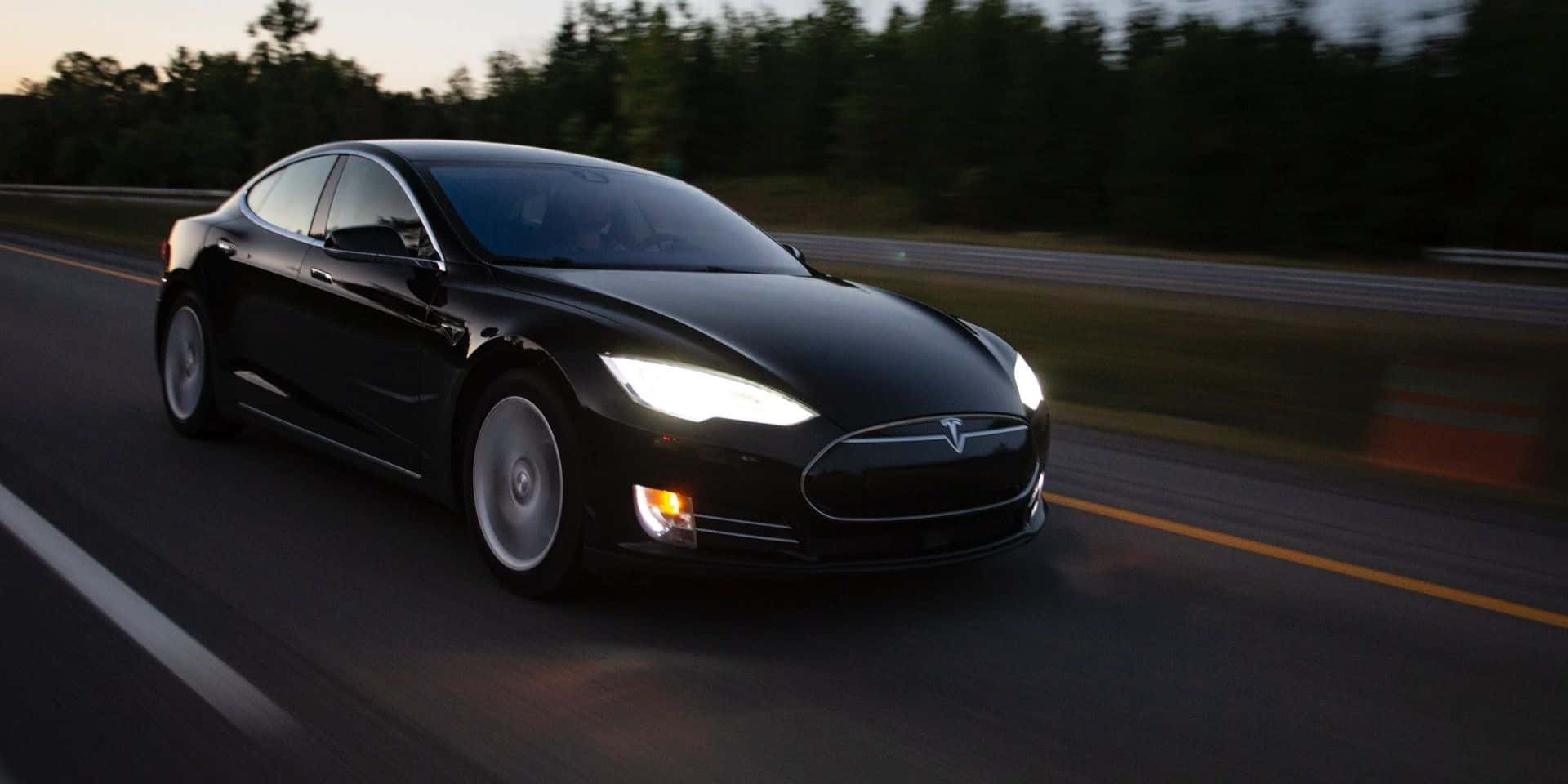
Common car leasing mistakes and how to avoid themNo Date Posted
Leasing is a great way to drive your preferred make and model of car without having to pay the full purchase price. However, before entering into a lease arrangement you should make sure to have considered all the logistical factors involved. To help you receive the best lease deal possible, here are our top tips regarding the most common car leasing mistakes and how to avoid them.
Underestimating mileage
One of the main factors you'll have to consider when signing a lease deal is your car mileage allowance. The majority of lease contracts will allow you to travel between 10,000 and 15,000 miles a year before incurring penalties. Therefore, before you sign your lease deal you should realistically assess your day-to-day driving habits and calculate how many miles you expect to travel within the year of your lease. Always overestimate your mileage and allow yourself a 'buffer zone' of a thousand miles in order to avoid falling victim to costly fines, should you slightly exceed your mileage allowance!
Taking care of your lease vehicle
Many motorists take the attitude that they do not have to be as careful with a lease car as a vehicle they own because they will be returning it to a dealership at the end of their lease. Unfortunately, this attitude can lead to missed maintenance checks and a lax attitude towards dents and scrapes. However, all lease deals contain 'wear and tear' clauses, making you subject to costly fines at the end of your lease term should your vehicle be damaged in any way. Consequently, you will save a significant amount of money in the long term if you keep your vehicle in excellent condition throughout the course of your lease.
Overlooking the fine print
As mentioned above, there will be many clauses within your lease deal such as mileage allowances and excessive wear and tear regulations. Therefore, before you sign your lease deal you should scrutinise its fine print. By doing so, you can remain completely aware of the specific terms and conditions surrounding your lease and avoid falling victim to a costly end of lease fines.
Neglecting to invest in GAP insurance
Many car dealerships will tempt you with new car replacement cover policies when you sign your lease. However, despite their appeal, these types of insurance policies will only be valid for the first 12 months of your lease. For these reasons, it's strongly recommended that you opt for a Guaranteed Auto Protection (GAP) insurance policy. This type of cover will offer you the perks of new car replacement cover policies but will also pay for the difference in price between the original value of your vehicle and its retail valued price if stolen or written off in an accident. As such, by investing in a GAP insurance policy you can achieve peace of mind that you will be covered should anything happen to your vehicle throughout the course of your lease deal; better to be safe than sorry!
Opting for long-term lease contracts
The vast majority of lease contracts are 24 to 36 months in
duration. However, many car companies will attempt to entice you with lower repayments if you opt for longer 48 to
60-month arrangements. In these instances, it is worth remembering that leasing is only supposed to be a short-term
arrangement and that longer lease deals will put you at risk of exceeding your vehicle's warranty as well as your
mileage allowance. As such, it is strongly advised that you opt for lease deals under 36 months, or that you invest
in extended warranty coverage if you intend to lease vehicles for longer periods of time.